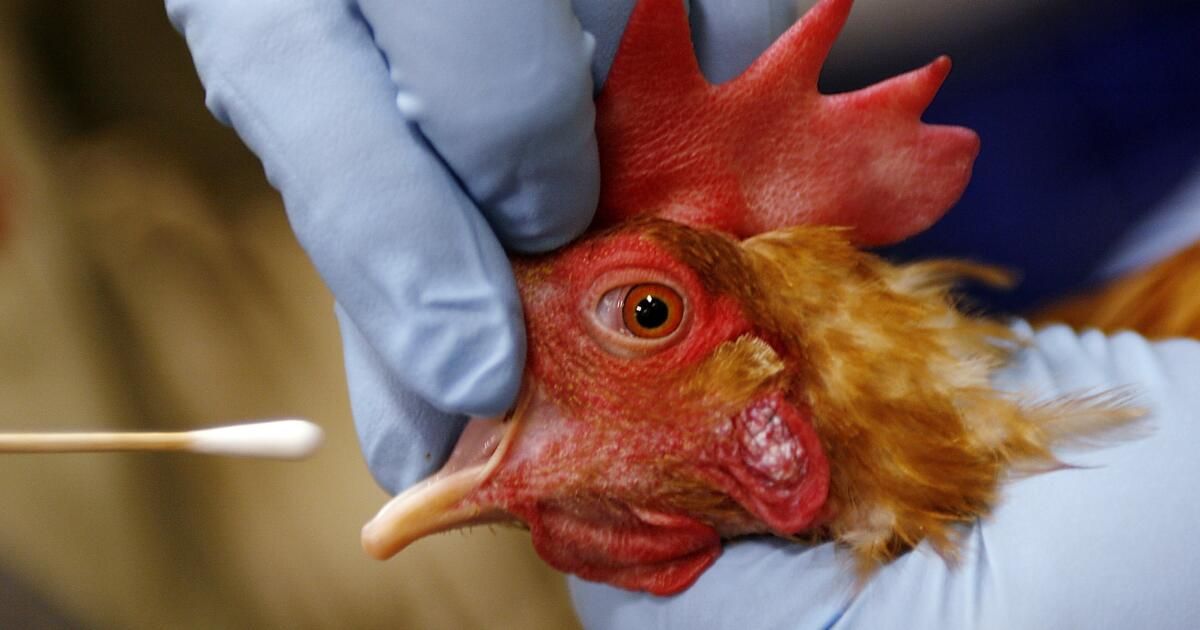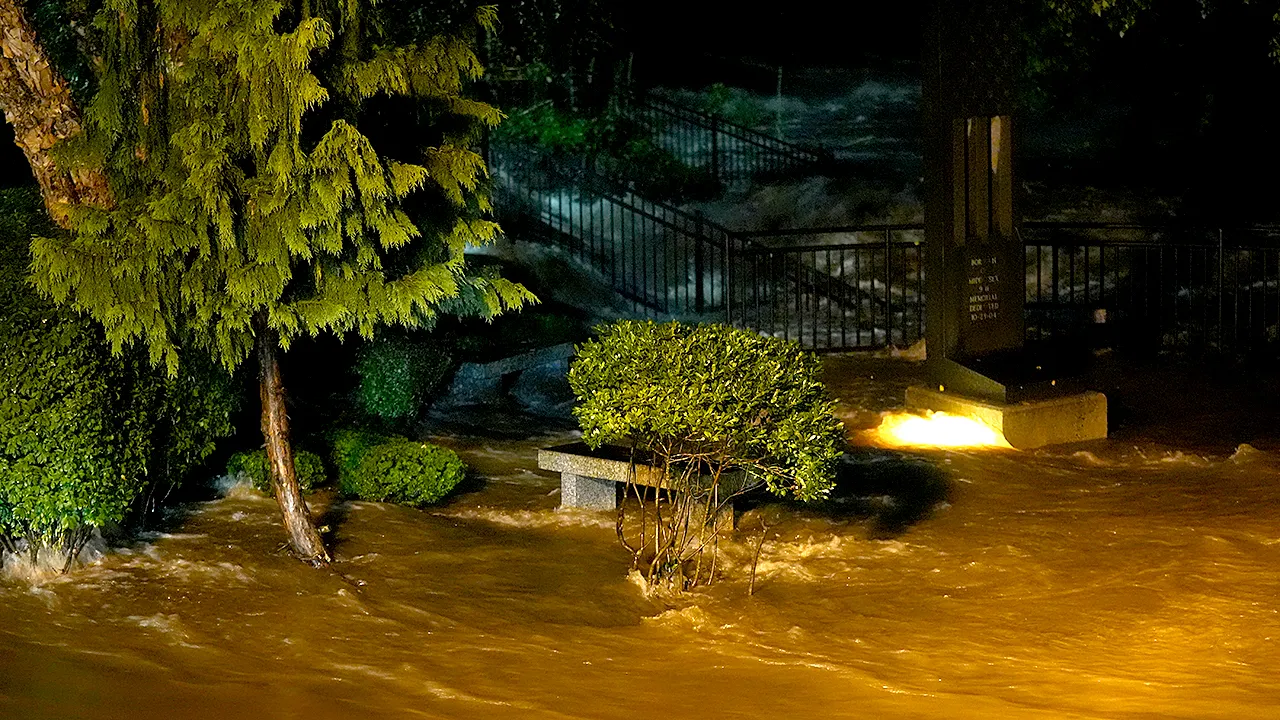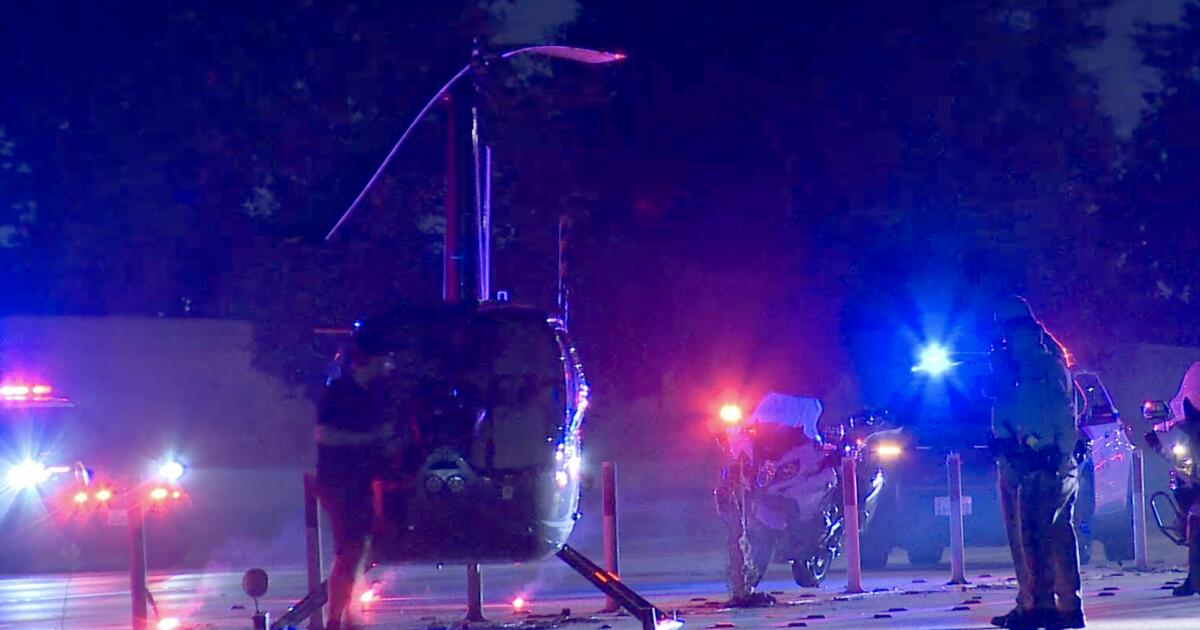Federal officials suspect that live bird markets in San Francisco may be the source of the bird flu virus in area wastewater samples.
Days after health regulators reported the discovery of viral particles suspected of bird flu at wastewater treatment plants, federal officials announced they were investigating poultry markets near the treatment facilities.
Last month, San Francisco Department of Public Health officials said state investigators had detected H5N1 — the subtype of bird flu that is spreading among U.S. livestock, poultry and wild birds — in two chickens at a live animal market in May. They also said they had discovered the virus in city wastewater samples collected during that period.
Two new virus “hits” were recorded in wastewater samples collected on June 18 and June 26 by WastewaterSCAN, an infectious disease monitoring network run by researchers at Stanford, Emory University and Verily, Alphabet Inc.’s life sciences organization.
Nirav Shah, principal deputy director of the U.S. Centers for Disease Control and Prevention, said that while the source of the virus in those samples has not been determined, live poultry markets were a possible culprit.
Cases of the virus have also been detected in wastewater samples from the Bay Area cities of Palo Alto and Richmond. It is unclear whether those cities host live bird markets — stores where customers can take a live bird home or process it on-site for consumption.
Steve Lyle, a spokesman for the state Department of Food and Agriculture, said live bird markets are regularly tested for bird flu.
He said that in addition to May 9th detection in San Francisco, there have been “no other positive cases at live bird markets statewide during this current outbreak of highly pathogenic avian influenza.”
The San Francisco Health Department referred all questions to the state.
Even if the state or city had missed a few infected birds, John Korslund, a retired U.S. Department of Agriculture veterinary epidemiologist, seemed incredulous that a few birds could have a positive impact on the city's wastewater.
“Unless there are large numbers of infected birds (in which case there would also need to be some dead birds), it would take a large amount of bird droppings” for them to become detectable in a city's wastewater system, he said.
“But the question remains: has anyone done the sequencing?” he said. “It makes me want to tear my hair out.”
He said genetic sequencing would help health officials determine the origin of the viral particles, whether they came from cow's milk or wild birds. Some epidemiologists have expressed concern about the spread of H5N1 among dairy cows, because the animals could act as a vehicle in which bird and human viruses could interact.
But Alexandria Boehm, a professor of civil and environmental engineering at Stanford University and principal investigator and director of the WastewaterSCAN program, said her organization is not yet able to “reliably sequence H5 influenza in wastewater. We're working on it, but the methods are not yet good enough for the critical time.”
A review of businesses around the Southeast San Francisco wastewater treatment plant indicates a dairy processing plant as well as a warehouse for a “member-supported community that feeds its pets raw or cooked fresh food diets.”












